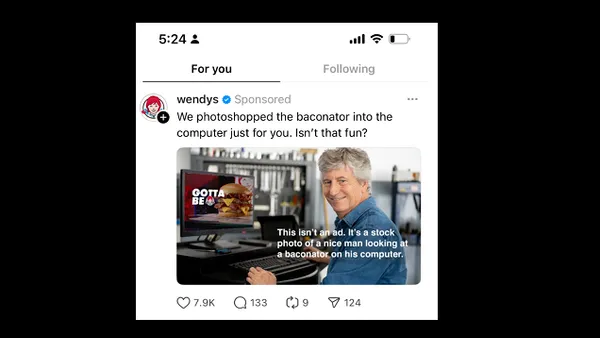If your brand is anything like a famous little mermaid, you want to be where the people are. But more importantly, you want to be where the people are buying.
After all, you don’t want to spend precious time and resources posting content for people who couldn’t care less. And the same goes for working with content creators.
While several social media platforms claim to be the best for your brand, that’s simply not true. So GRIN, the leading Creator Management platform, surveyed 530 brands across various verticals to get the information you need to guide your influencer marketing efforts.
The data is in: Here are the top social platforms by industry.
Image via GRIN
It’s no surprise that Facebook dominates many industries since the platform receives 73% of Americans’ total social media visits. But some interesting discrepancies come from the pet industry succeeding with Twitch and the travel industry winning with LinkedIn.
So if success doesn’t merely come down to the number of people you can reach on a platform, how can you determine which social sites to focus on?
Go beyond the data: How to evaluate social platforms for your brand.
Check out their audience demographics.
If you’re considering a social media platform for marketing efforts, you want to be sure that your target audience is among its users. If not, you may end up spinning your wheels.
While most platforms don’t publish this data themselves, researchers frequently survey users and share the information online. A quick Google search can help you find the stats you need to make an evidence-based decision.
Look for community.
Let’s face it. People are busy and don’t want to be bogged down with ads, especially on social media. But when creators who have fostered a sense of community among their followers share their genuine recommendations, people listen.
To effectively evaluate a social platform, you need to look for a variety of creators in your niche who have well-established communities. For example, Instagram has a rich beauty scene, with influencers like NikkieTutorials and Marlena Stell having large and loyal fanbases.
When creators promote products, their influence within their community passes on the “halo effect” to whatever they’re talking about. And since customer confidence is essential for making sales, you want as much trust as you can get.
Find opportunities for authenticity.
If a creator recommends a product they clearly do not use, people immediately lose trust in both the messenger and the product. And trying to fit a product into conversations where it doesn’t make sense seems way too salesy and fake.
Instead, brands looking to succeed with creator partnerships should consider where promoting their product makes the most sense. For example, the travel industry dominates with LinkedIn because business trips make up more than ⅓ of all U.S. tourism spending.
Finding the right place to fit your brand into the conversation can have significant benefits, including lowering customer acquisition costs and making customer touchpoints much more impactful.
Key takeaway: Partnering with creators on the right social media channels is essential for driving ROI.
Don’t spread yourself too thin trying to work with creators across all social media platforms. Not only does it take a ton of time, but if it’s not authentic, you’re also wasting money.
Instead, do your due diligence and trust your research to lead you to the right platforms.
Want even more insights into how top brands are excelling with influencer marketing? GRIN, the leading Creator Management platform, has you covered. Download your free copy of The Industry-Specific Approach to Influencer Marketing today.










